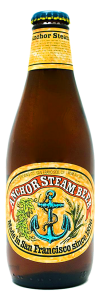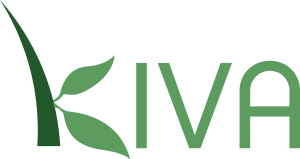 In my misspent youth I had a hobby of brewing beer. The ingredients were legal to buy and it was cheap to make and seeing as there was a home brewing shop three blocks away from me just made it easier. This got me thinking about a little talked about San Francisco tradition, Anchor Steam Beer.
In my misspent youth I had a hobby of brewing beer. The ingredients were legal to buy and it was cheap to make and seeing as there was a home brewing shop three blocks away from me just made it easier. This got me thinking about a little talked about San Francisco tradition, Anchor Steam Beer.
I’ve drank a lot of Anchor Steam beer over the years, but I have yet to tour their brewery which I think I’ll have to do sometime in the near future. What always caught my ear was the fact that the word steam was included in the name. What exactly is steam beer? Now when I brewed beer you boiled the grains and hops on the stove [know by brewers as the wort] for a certain length of time that did produce steam and made the whole house smell like a telephone booth on a hot day [I’m dating myself here, but some of you well know what I mean.] You then strained this into your primary fermenter added water to cool it down and added the yeast.
When I first started brewing beer I used ale yeast because I was told it was easier to deal with. It turns out that steam beer uses a lager yeast that ferments on the bottom and you don’t get the foamy top on your batch. Steam beer using lager yeast is fermented at a cooler temperature more indicative of San Francicisco. As to why the term steam beer is used has a lot of debate. Some say it was because the Anchor Brewery lacking ice to cool the wort would pump the hot wort up to holding tanks at the roof of the building where the cool Pacific air would cool it down causing steam to rise off the building. Other’s have said that it produced a lot of carbon dioxide and it was necessary to let off the steam during the fermentation process. This I can believe because the first time I actually brewed a lager and bottled it up I stored the bottles in my garage and found that my Dad who used to spend his evenings working in the garage would have a few WWII flashbacks when a bottle or two would explode from too much pressure.
Steam beer was started here in San Francisco in 1849 a year before California became a part of the US and the start of the California gold rush when a German named Gottlieb Brekle decided to start a business to help the working man unwind. Steam beer [also known as California common beer] was not the best stuff around at the time. It was cheap to make, cheap to purchase and didn’t taste that great, but got you drunk. It’s a far cry from what the Anchor Brewery makes today. Anchor Steam is still their best known, but they make a much larger selection including ales and barley wines.
Anchor has evolved over the years to become probably one of the first micro-brews commercially available. I’ve had friends who have taken the tours and they’ve said that they’re a lot of fun. Apparently so much fun that you have to book the tour six month in advance now because of the popularity. You also get a taste of the beer at the end of the tour so I’d say give them a call now and book a trip. They only take reservations by phone though so if you’re planning on making the trip call them at 415-863-8350 now. Don’t forget to press extension 0 when you call.


